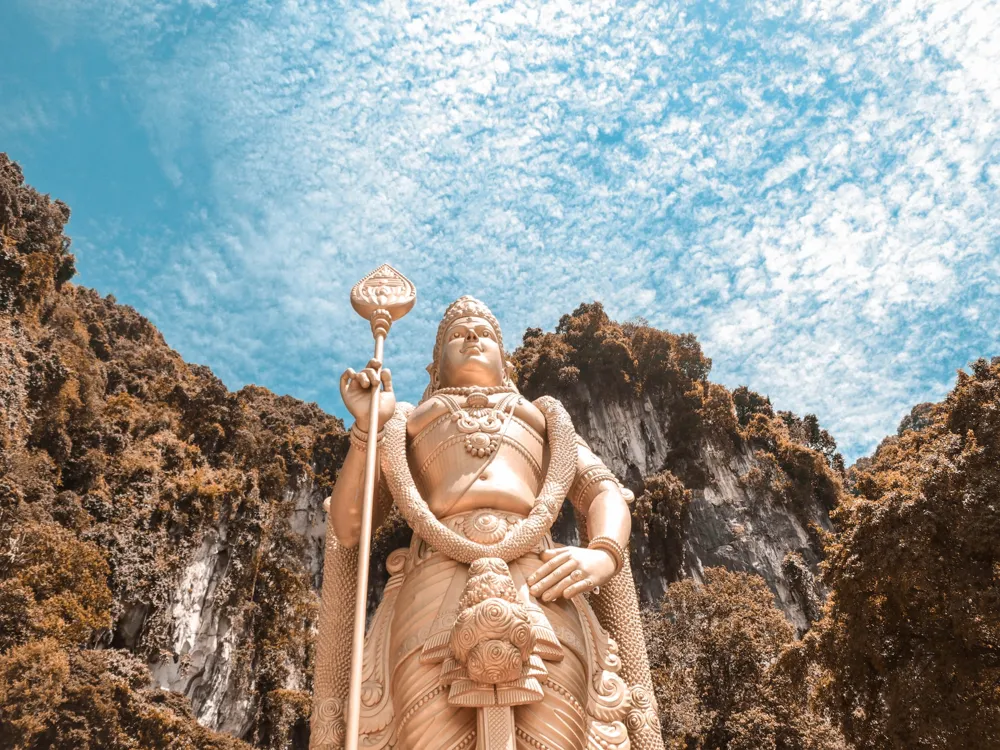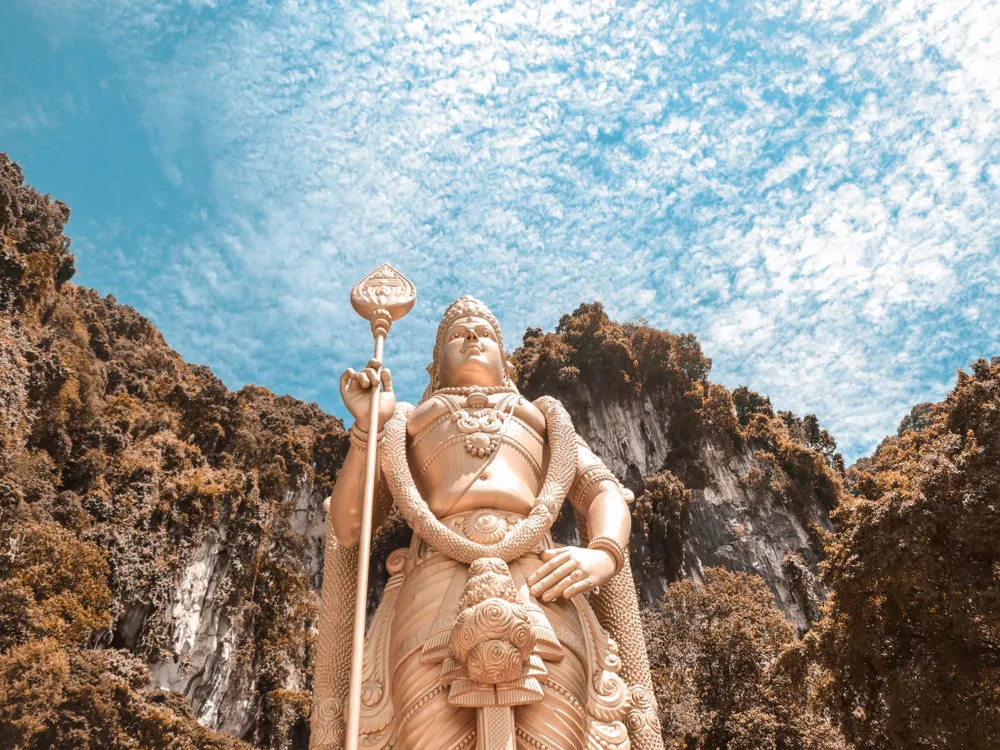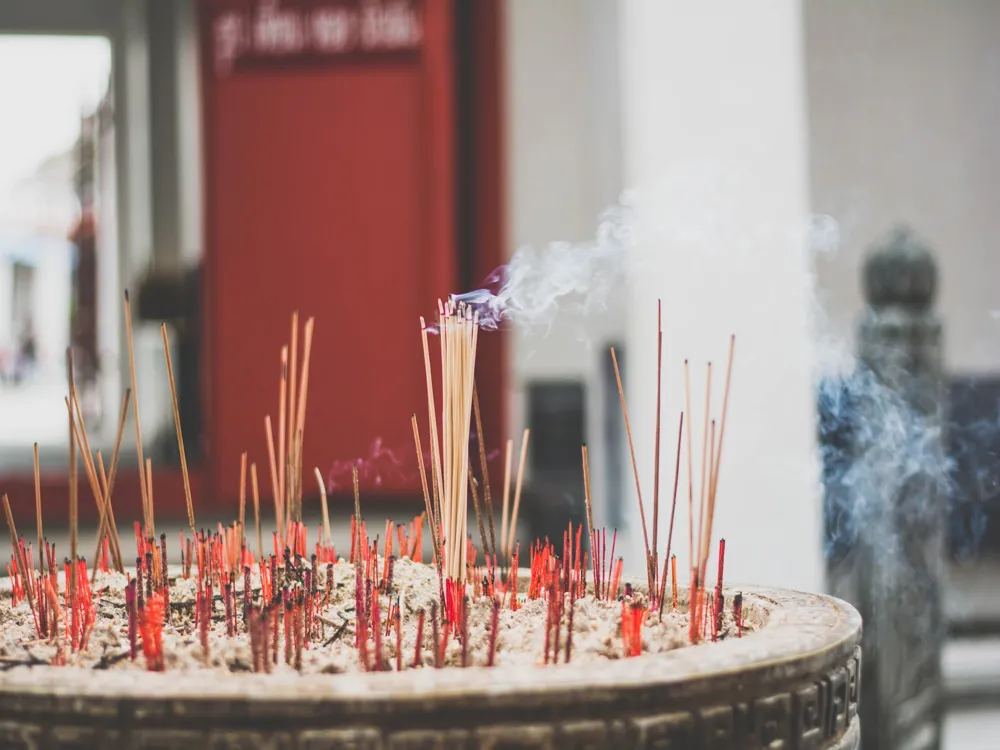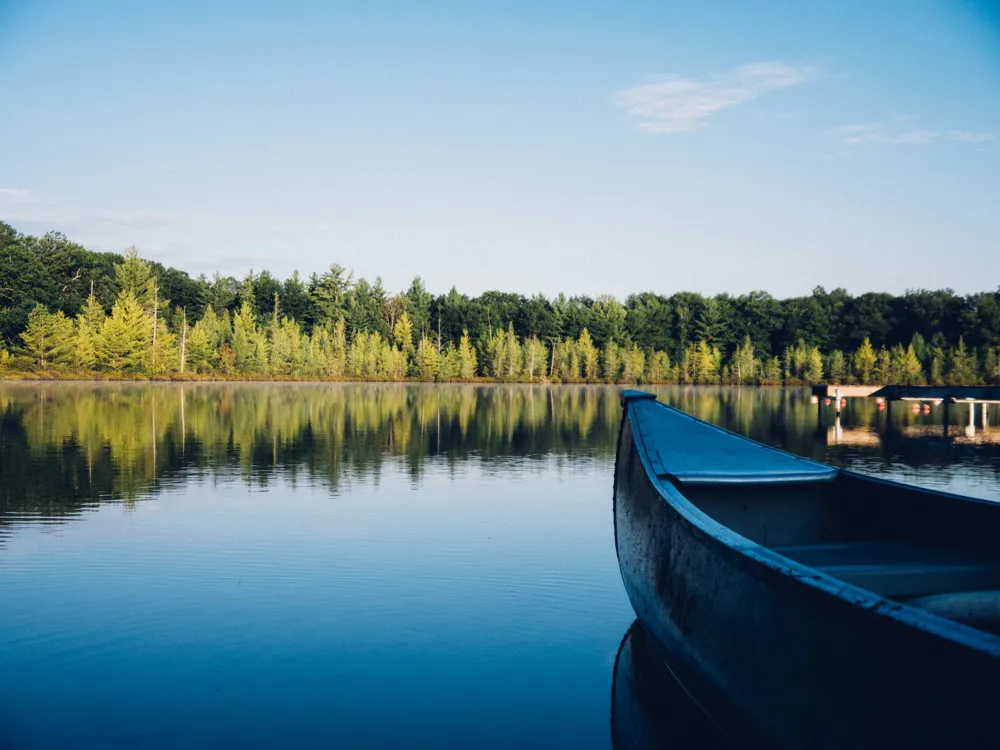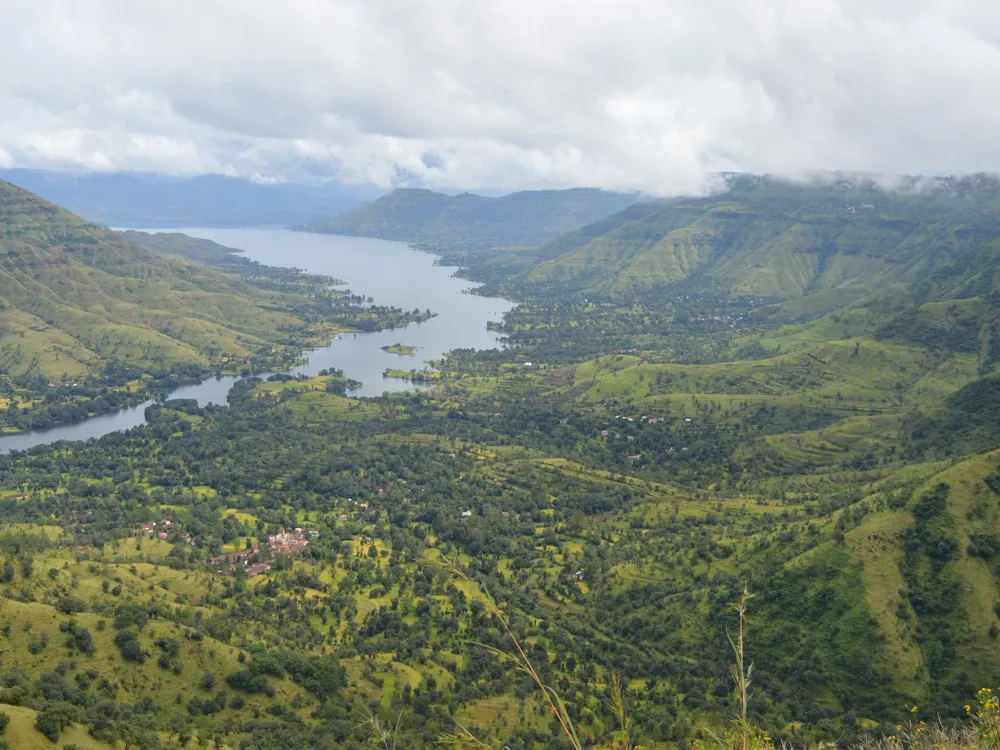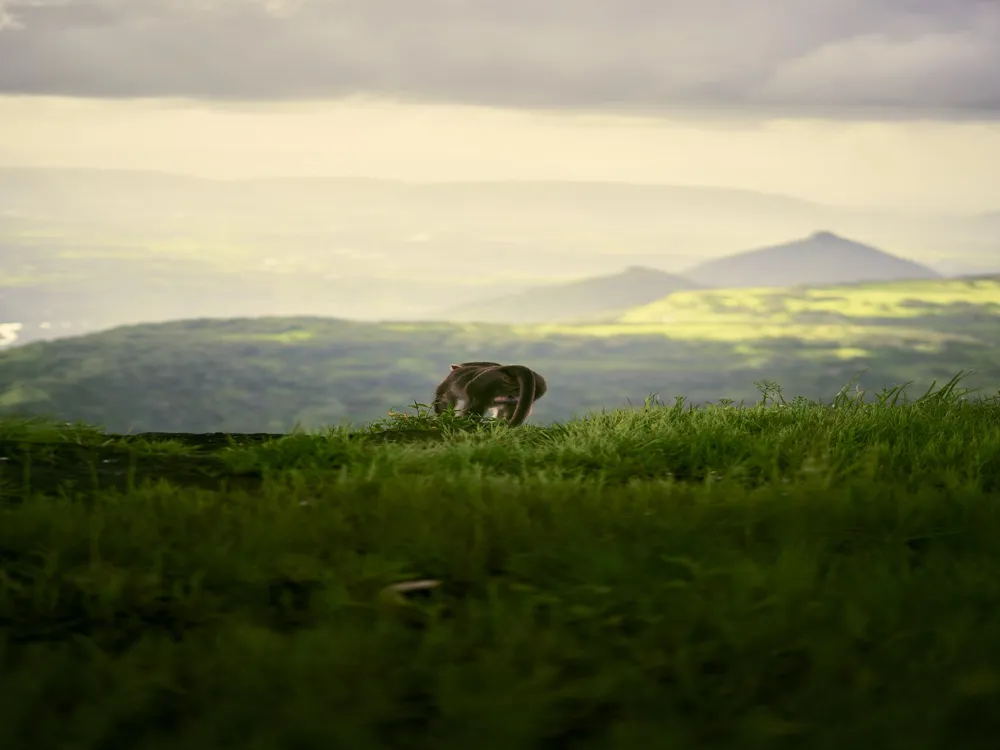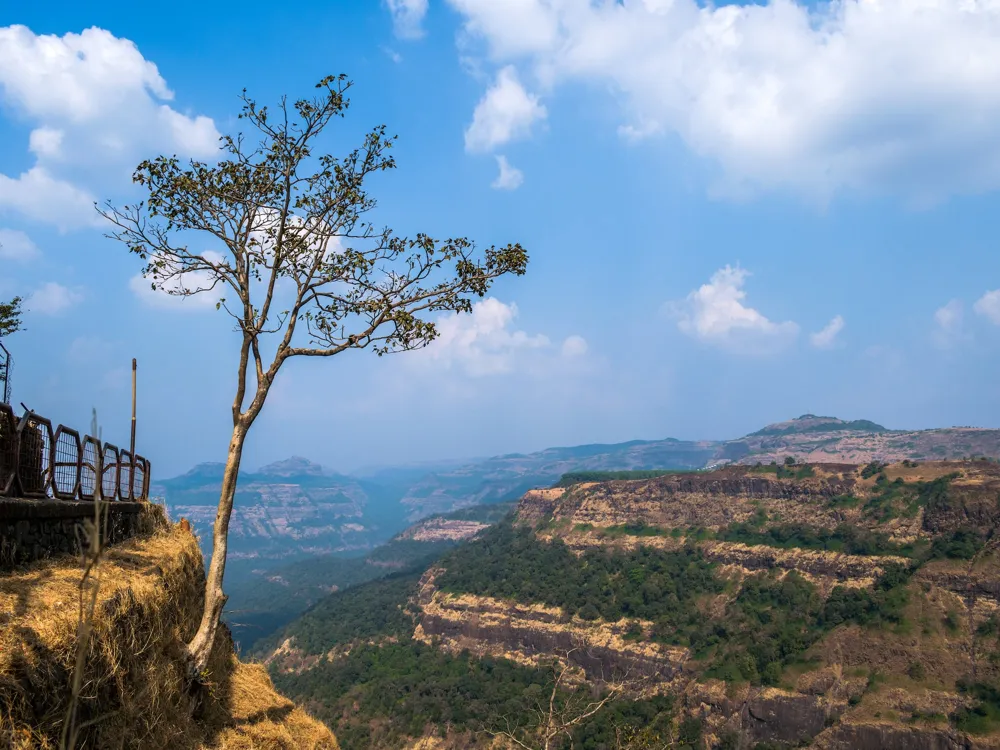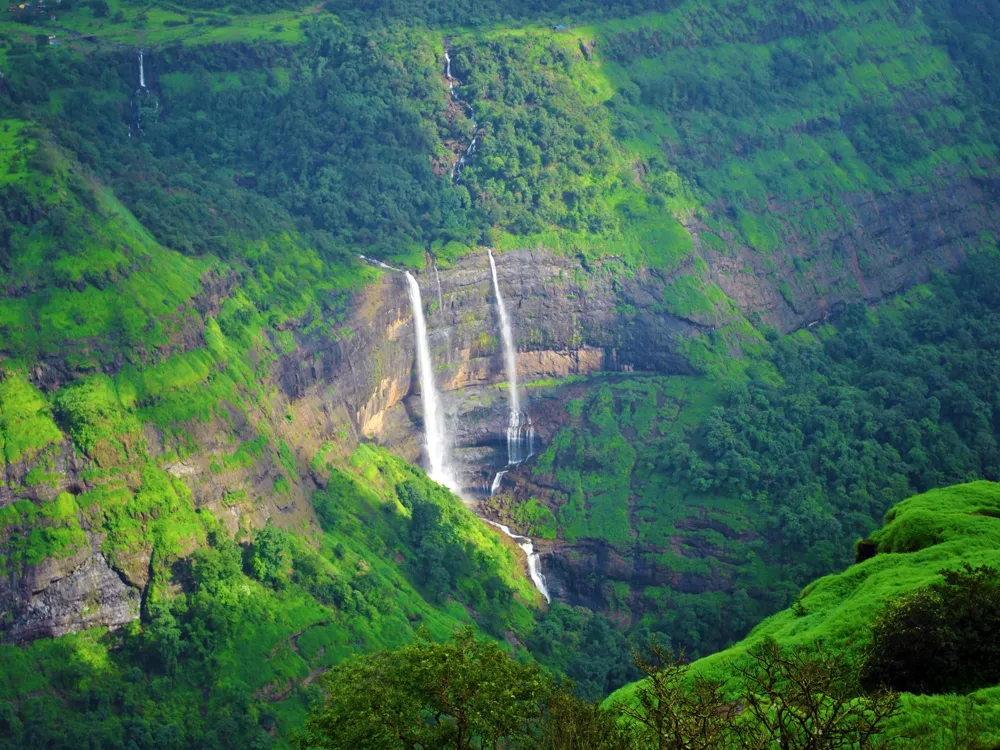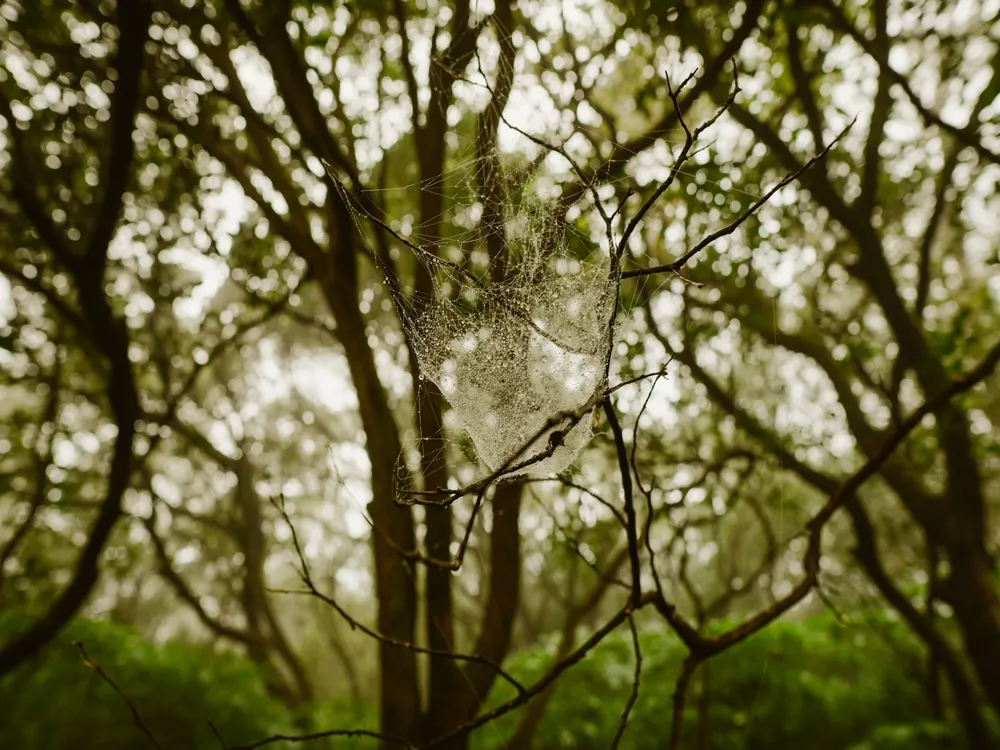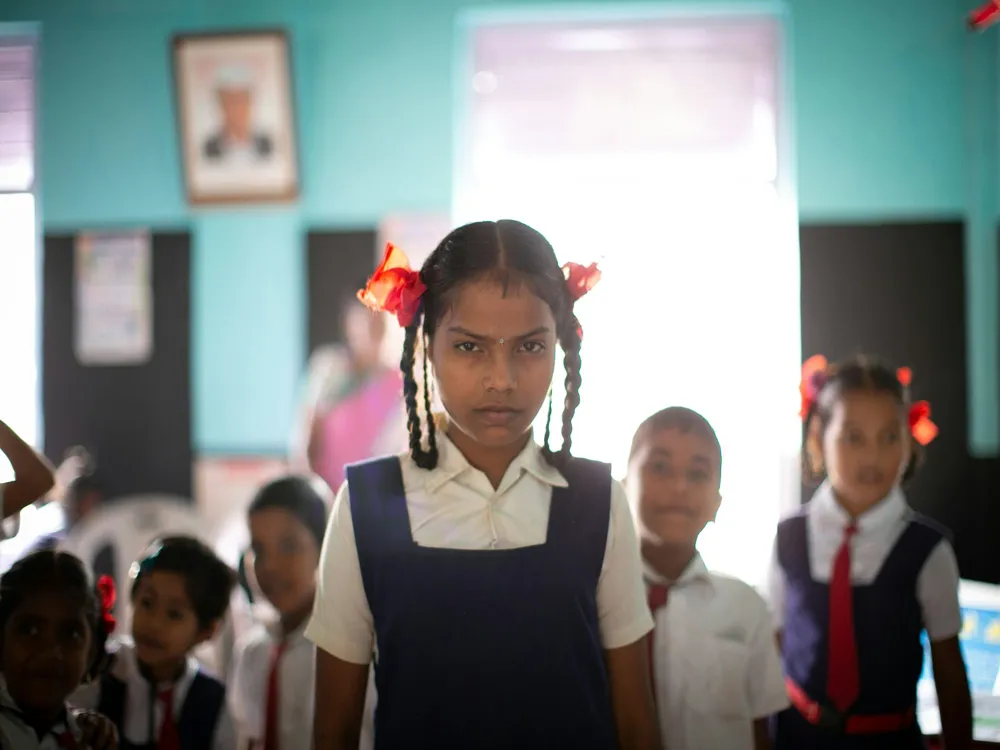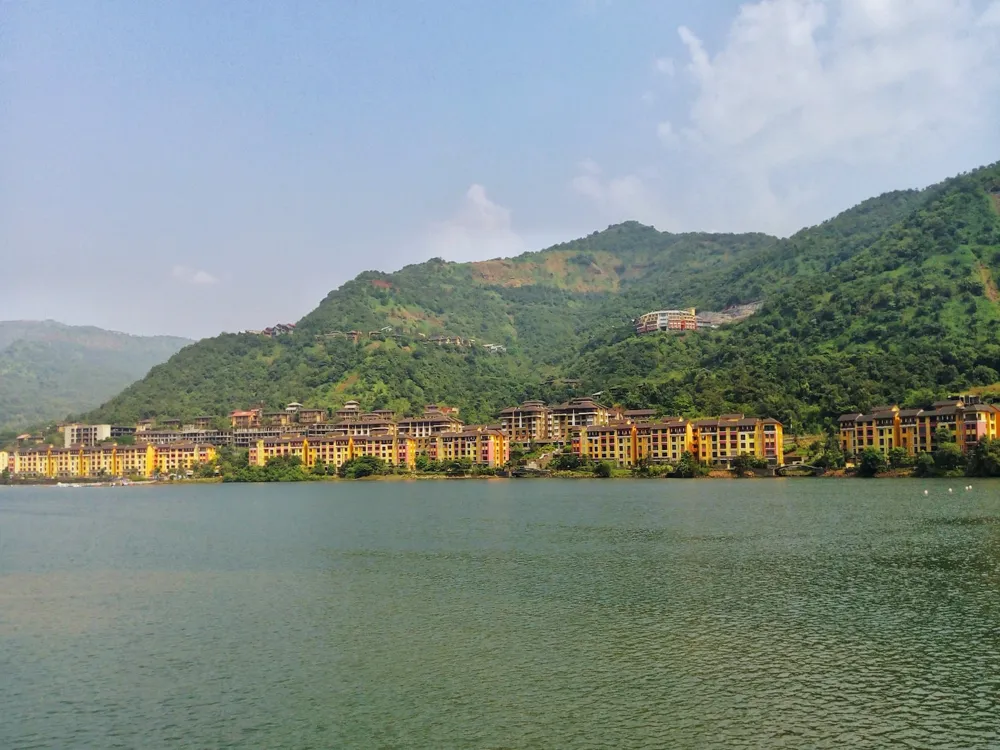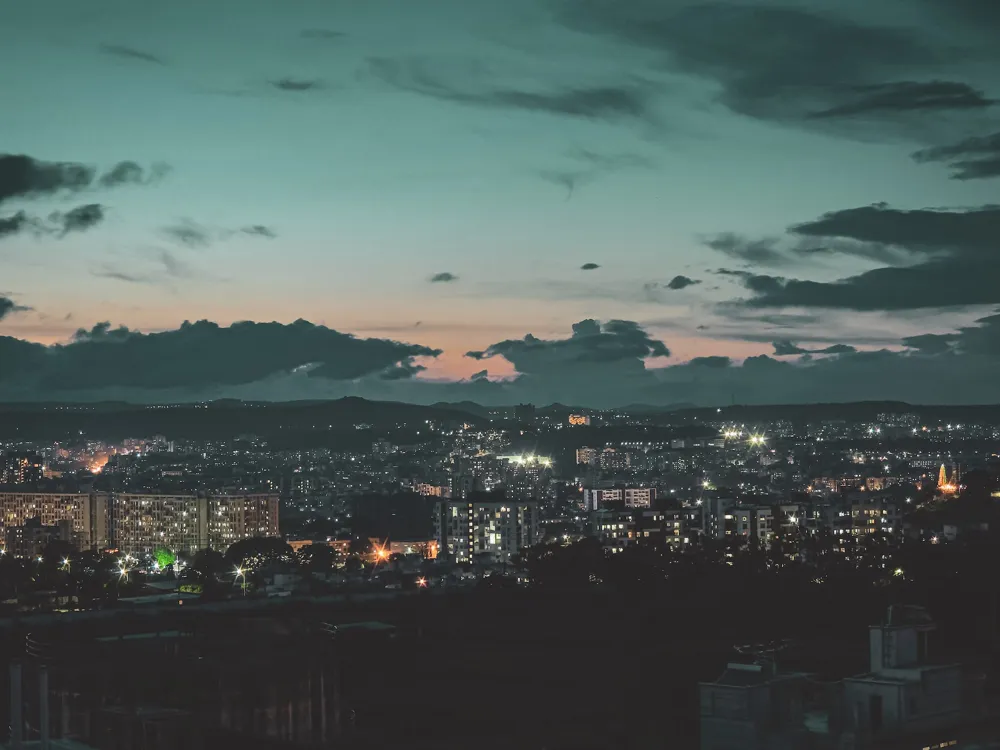Located in the serene environment near Kamshet in Maharashtra, the Bedsa Caves are an ancient marvel that dates back to the 1st century BC. These caves, nestled in the Sahyadri ranges, offer a peek into the rich cultural and architectural heritage of ancient India. The Bedsa Caves, often overshadowed by the more famous Ajanta and Ellora caves, are a hidden gem for history enthusiasts and nature lovers alike. The Bedsa Caves are among the earliest examples of the rock-cut architecture in India. Believed to have been created around the 60 BCE to 1st century CE, these caves are a testament to the ingenuity and skills of ancient Indian artisans. The site consists of two main caves, the Chaitya (Prayer Hall) and the Vihara (Monastery), which were used by Buddhist monks for meditation and residence. The Chaitya Hall, the primary attraction of Bedsa Caves, is renowned for its intricate carvings and grandeur. The hall features a unique ribbed roof, mimicking wooden beams, showcasing the artisans' mastery over stone. The facade of the Chaitya Hall is adorned with a large horseshoe-shaped arch, a characteristic feature of Buddhist architecture. Inside, the stupa, an object of veneration, sits majestically at the far end of the hall. The Vihara or the monastery is a large, multi-celled structure, providing insights into the monastic life of Buddhist monks. The cells, carved into the rock, served as living quarters for the monks. The simplicity of the Vihara, with minimal decoration, reflects the monks' ascetic lifestyle. The presence of inscriptions in Brahmi script adds to the historical significance of the Bedsa Caves. The walls of the Bedsa Caves are adorned with exquisite sculptures and carvings that depict various aspects of Buddhist mythology and iconography. The carvings of animals, human figures, and floral patterns not only enhance the aesthetic appeal but also provide a narrative on the socio-cultural environment of that era. The artistry displayed in these carvings is a clear indicator of the high level of craftsmanship achieved during this period. The architectural design of the Bedsa Caves is a remarkable example of early Buddhist rock-cut architecture. The caves demonstrate a sophisticated understanding of stone carving and structural design, reflecting the artistic and religious sentiments of the period. This section delves into the architectural aspects of the Bedsa Caves, highlighting their significance in the history of Indian architecture. The Bedsa Caves were carved out of a single rock, which is an astonishing feat considering the tools and technology available at the time. This technique involved meticulous planning and execution, showcasing the advanced skills of the ancient artisans. The rock-cut architecture not only provided durability but also allowed for intricate designs and patterns to be carved into the stone. The Chaitya Hall, with its vaulted ceiling and wooden-like ribs, is an architectural marvel. The ceiling's design creates an illusion of a wooden structure, which is a unique feature in rock-cut architecture. The hall is supported by intricately carved pillars, each adorned with distinct motifs and designs. The stupa at the end of the hall, surrounded by a circumambulatory path, is a focal point of devotion and artistic expression. The Vihara's layout is reflective of the monastic requirements of the time. The cells are arranged around a central courtyard, providing a communal space for the monks. The simplicity of the Vihara's design contrasts with the ornate Chaitya Hall, emphasizing the functional aspect of the monastery. The use of natural light through strategically placed openings enhances the serene ambiance of the Vihara. The iconography in the Bedsa Caves is predominantly Buddhist, with sculptures and carvings depicting various episodes from the Buddha's life. The artistic expressions seen in these caves are not just religious but also reflect the social and cultural milieu of the time. The fusion of artistic creativity with religious devotion in these carvings makes the Bedsa Caves an important site for understanding early Buddhist art. The ideal time to visit Bedsa Caves is between October and March when the weather is pleasant, making it easier to explore the caves and the surrounding area. Comfortable clothing and sturdy shoes are recommended as the caves are located on a hill, requiring a bit of trekking. Carry a good camera as the caves offer stunning architectural and scenic views. However, be mindful of the cave's lighting conditions and respect any photography restrictions. While exploring, ensure you follow safety guidelines and help in the conservation of the site by not defacing the caves. Opting for a guided tour can enhance the experience as it provides valuable insights into the history and architecture of the caves. Bedsa Caves, situated near Kamshet in Maharashtra, are accessible via various modes of transportation. The nearest city is Pune, which is well connected by road, rail, and air. From Pune, one can hire a taxi or take a local bus to Kamshet. From Kamshet, Bedsa Caves are a short trek away, offering a blend of adventure and history. Read More:Explore the Ancient Wonder: Bedsa Caves of Kamshet, Maharashtra
Unveiling the History of Bedsa Caves
The Architectural Brilliance of the Chaitya Hall
The Vihara: A Glimpse into Monastic Life
Art and Sculptures: The Silent Narrators of History
Architectural Analysis of Bedsa Caves
The Ingenious Rock-Cut Technique
Structural Elements of the Chaitya Hall
The Layout of the Vihara
Iconography and Artistic Expression
Tips When Visiting Bedsa Caves
Best Time to Visit
What to Wear
Photography Tips
Safety and Conservation
Guided Tours
How To Reach Bedsa Caves
Bedsa Caves
Kamshet
Maharashtra Goa
NaN onwards
View kamshet Packages
Weather :
Tags : Cave
Built in : 1st Century BCE
Planning a Trip? Ask Your Question
Also Refered As:
Bhedsa Caves
Kamshet Travel Packages
View All Packages For Kamshet
Top Hotel Collections for Kamshet

Private Pool

Luxury Hotels

5-Star Hotels

Pet Friendly
Top Hotels Near Kamshet
Other Top Ranking Places In Kamshet
View All Places To Visit In kamshet
View kamshet Packages
Weather :
Tags : Cave
Built in : 1st Century BCE
Planning a Trip? Ask Your Question
Also Refered As:
Bhedsa Caves
Kamshet Travel Packages
View All Packages For Kamshet
Top Hotel Collections for Kamshet

Private Pool

Luxury Hotels

5-Star Hotels

Pet Friendly







